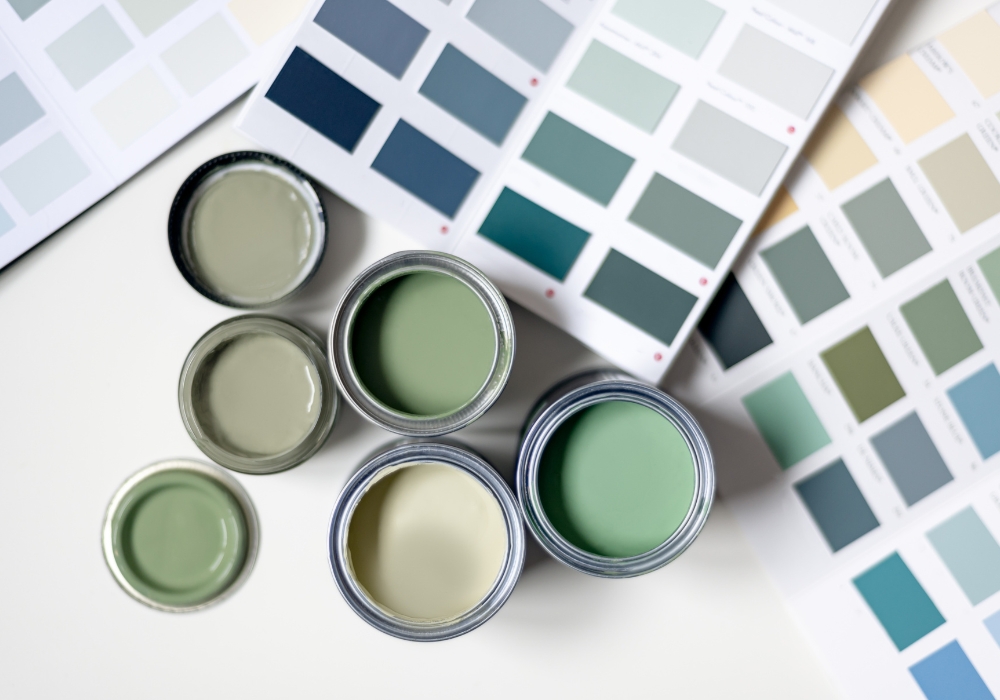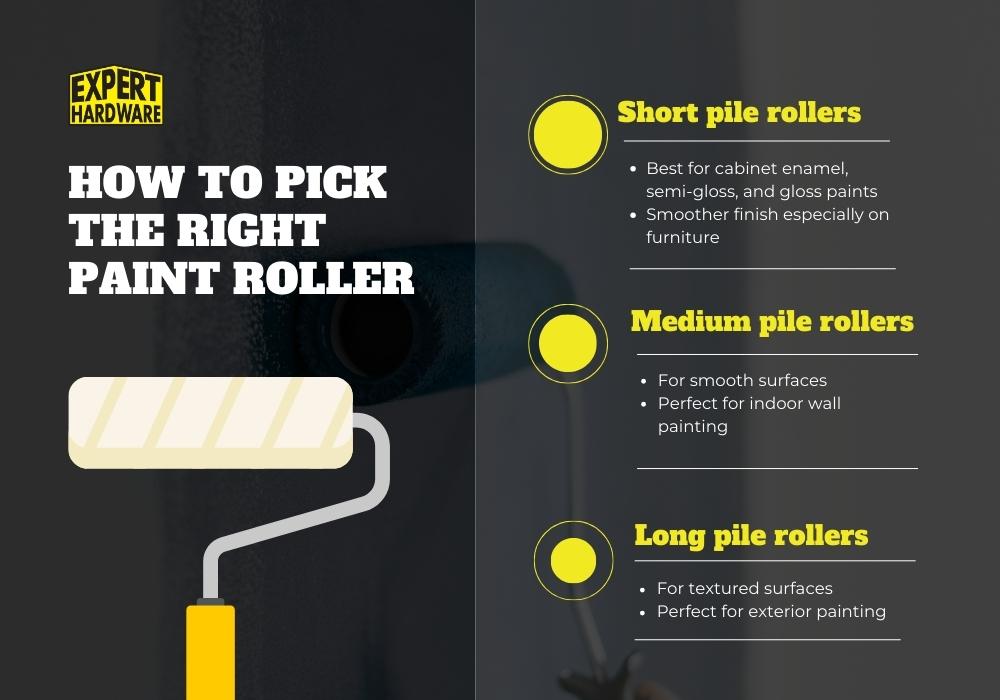10 Common Painting Mistakes to Avoid
6th September 2023

Painting is probably one of the most loved DIY projects in our homes. It is relatively easy to do, budget friendly and the end result can truly make a difference. However what is a fun weekend project, can quickly become a nightmare when it is done incorrectly, rushed and without proper research. As with any home improvement project you should take your time, research the right way to do it and the equipment you will need for it. Here are some of the most common painting mistakes.
Not preparing the surface
Skipping this important step is unfortunately an incredibly common painting mistake. Your first step should be to cover all floors and furniture to protect it from any paint or dust. Inspect the wall attentively and repair any cracks or holes in the wall. Scrape away loose paint and sand the surface for better adhesion. Seems like a lot of work, but believe us – it makes a huge step towards your paint job looking like it was done by a professional.
Not cleaning the wall
Another essential step in prep work is to properly clean the wall. Now we’re not talking about any special or strong chemicals, simply wipe the wall with warm soapy water and let it dry before starting to paint. Any stronger chemicals could eat at the paint from first application, all that is required is to move the dust and dirt. If you skip this step, some of the dirt or debris will get painted on and it might start to peel off later on.
Not using painter’s tape
This mainly depends on your painting skill level, however unless you’re a regular painter we would strongly advise on using the painter’s tape (just in case). It will ensure straight lines, prevents overlaps and will help to avoid getting paint on other surfaces. Additionally to this, you will have a lot more fun working on your project if you’re not stressed about accidentally slipping the brush and making a mistake! It’s not hard or expensive to do and it will add a more professional look to your paint job!
Skipping or choosing the wrong primer
Research your project or visit your local Expert Hardware store to ask for advice. In some cases, such as drastic colour change, painting old wood panelling, or any surfaces with peeling and loose paint, primer is non-negotiable, skipping it can cause early paint failures. Once you have determined that your project needs a primer, the next step will be to pick the right primer. Choosing the wrong type of primer can cause issues with durability and longevity of your paint work. Again, we suggest visiting your local Expert Hardware store and asking for advice.
Not buying enough paint
Not buying enough paint (or sometimes too much) is a common and easy mistake. Good thing we live in this day and age and most paint brands such as Dulux offer paint calculators online. Simply type in the size of the area you are painting and choose the product you’re going to use. It will give you a quite precise amount of paint to get. Also take into consideration the type of surface you are going to paint, for example old wood that hasn’t been painted in many years will absorb more paint so get a little extra in that case.

Applying the second coat too soon
We know how frustrating it can be to watch the paint dry, but make sure you hold on with that second coat. Most of the paint brands are quick to dry so give it that extra time and ensure the first coat is completely dry before adding the second. This will ensure proper adhesion and prevent the paint from smudging resulting in a smooth and even finish. If you’re looking to finish your paint job in one day we suggest simply having an early start and allowing yourself those few extra hours to let the paint dry!
Choosing the wrong application method
Using the wrong paint brush or roller will negatively affect the overall look of the project as well as make the job frustrating and difficult. Each brush and roller have different purposes and it’s important that you opt for the right one. Do some research online or ask at your local Expert Hardware store and they will help you choose the right tools. Depending on the surface type and size, the right roller or brush will allow you to create smooth surfaces that look professionally made.

Choosing the wrong type of paint
One of the most important parts of your work will be choosing the right type of paint. Before buying paint make sure you know your substrate, what the space will be used for and what kind of finish you are hoping for. Most paint cans will give you detailed information on what the paint is used for and what finish it creates, so with a little attentiveness it can be an easy task!
Do not worry if this looks a little overwhelming, simply stop by your local Expert Hardware where our heavily trained staff will not only help you to choose the right products but will also advise you on the best practices!
